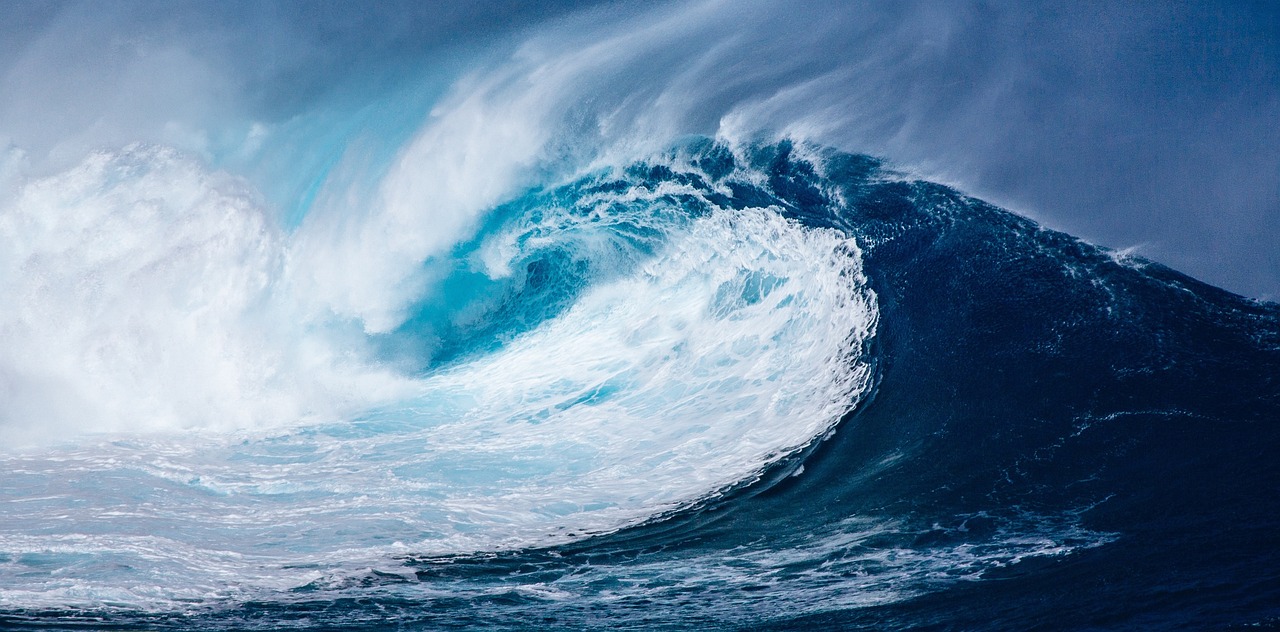
Strong 7.3 Earthquake Hits Alaska Southern Coast
A magnitude 7.3 earthquake struck a lightly populated stretch of Alaska’s southern coast on July 16, 2025, triggering an immediate tsunami warning for a vast coastal area. The U. S. Geological Survey confirmed the quake’s intensity at 7.3 on the Richter scale, a level capable of causing serious ground shaking and potential coastal hazards. This seismic event was felt throughout the region, emphasizing the area’s vulnerability to significant tectonic activity. The quake’s epicenter was located approximately 40 miles southwest of Homer, Alaska, setting off alerts for communities along about 700 miles of coastline.
Tsunami Warning Issued For Alaska Coastal Communities
Following the earthquake, the U. S. Tsunami Center issued a warning stretching from southwest of Homer to Unimak Pass, spanning roughly 700 miles of the southern Alaskan coast. Key population centers affected included Kodiak, with around 5, 200 residents, and smaller communities such as Sand Point on Popof Island, home to approximately 580 people. This wide-area warning reflected concerns about the potential generation of tsunami waves traveling from the earthquake’s epicenter. Officials projected that the first tsunami waves would reach Sand Point, underscoring the urgency for evacuation and safety measures in these vulnerable locations.

Local Officials Order Evacuations To Higher Ground
In response to the tsunami warning, local authorities in several communities issued clear evacuation instructions. In Unalaska, a fishing town of about 4, 100 residents, officials urged people to relocate at least 50 feet above sea level and move one mile inland. Similarly, King Cove, with approximately 870 residents on the Alaska Peninsula’s south side, received alerts advising coastal inhabitants to seek higher ground immediately. These evacuation protocols were critical given the community sizes and the potential speed of tsunami wave arrival, demonstrating coordinated emergency response efforts aimed at minimizing casualties.
Pacific Northwest Authorities Monitor Tsunami Threats
Beyond Alaska, emergency management agencies in the Pacific Northwest remained vigilant as the tsunami warning prompted evaluations of potential risks to Washington state coastlines. The Washington Emergency Management Division communicated via X that it was actively assessing the situation in collaboration with the National Tsunami Warning Center. Although no immediate threat was confirmed for the Pacific Northwest, this cautious approach highlights the interconnected nature of seismic events and the expansive reach of tsunami hazards along the Pacific Rim, necessitating cross-state coordination for disaster preparedness.
Context Of Regional Seismic Risks And Preparedness
This earthquake and tsunami warning occurred in a region well-known for seismic activity due to the subduction of the Pacific Plate beneath the North American Plate. Alaska’s southern coast, including the Aleutian Islands, has experienced significant earthquakes historically, with magnitudes exceeding 7.0 causing tsunamis in past decades. The prompt issuance of a tsunami warning covering a 700-mile coastal stretch and the quick mobilization of local officials reflect improvements in early warning systems and emergency response protocols. For example, the National Tsunami Warning Center’s capacity to issue alerts within minutes after seismic detection is critical, as tsunami waves can travel at speeds of up to 500 miles per hour in deep water.
Summary Of Community Response And Lessons Learned
The July 16, 2025, 7.3 magnitude earthquake off Alaska’s southern coast triggered a comprehensive, multi-jurisdictional response involving evacuation orders, public warnings, and interagency coordination. Communities such as Sand Point, Unalaska, and King Cove acted swiftly to implement safety protocols, while Pacific Northwest authorities maintained vigilant monitoring. This case illustrates the importance of robust early warning systems and clear communication channels in mitigating tsunami risks. According to the U. S. Geological Survey, earthquakes of this magnitude have a 30 percent chance of generating destructive tsunamis, underscoring why preparedness and rapid response remain essential in seismic zones along the Pacific Coast.


